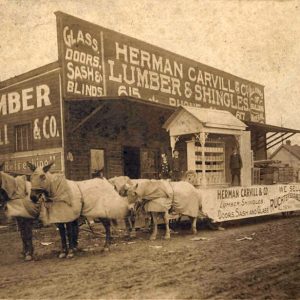 Carvill Store
Carvill Store
Entry Type: Place - Starting with C
 Carvill Store
Carvill Store
Casa (Perry County)
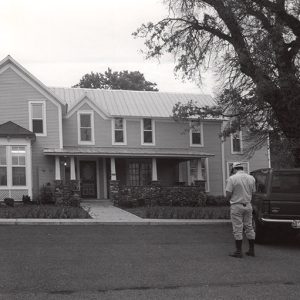 Case-Shiras-Dearmore House
Case-Shiras-Dearmore House
Casey House
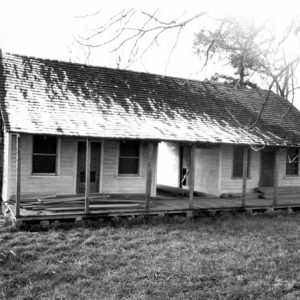 Casey House
Casey House
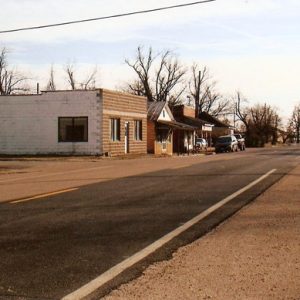 Cash Street Scene
Cash Street Scene
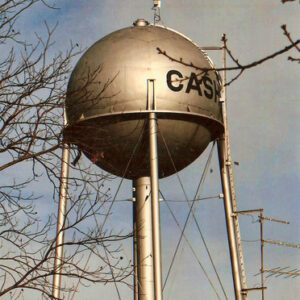 Cash Water Tower
Cash Water Tower
Cash (Craighead County)
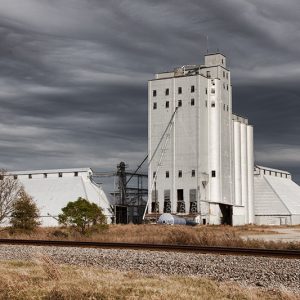 Cash Grain Elevator
Cash Grain Elevator
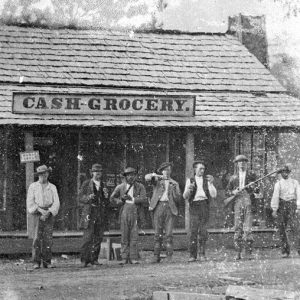 Cash Grocery
Cash Grocery
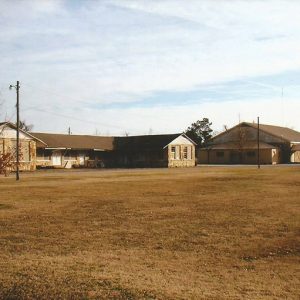 Cash Schools
Cash Schools
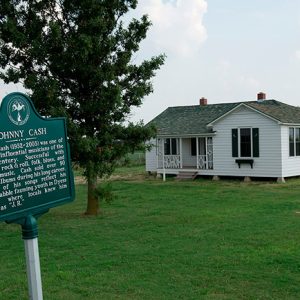 Johnny Cash Boyhood Home
Johnny Cash Boyhood Home
 Johnny Cash at Cummins
Johnny Cash at Cummins
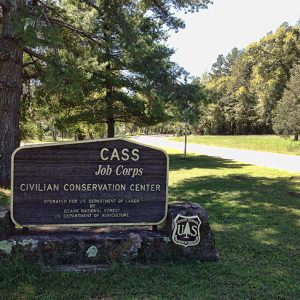 Cass Job Corps Center
Cass Job Corps Center
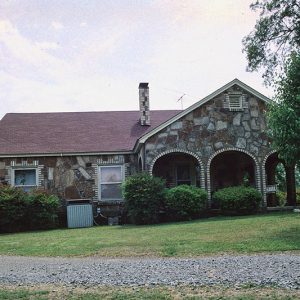 Hinkle and Ermin Castleberry House
Hinkle and Ermin Castleberry House
Castleberry-Harrington Historic District
Cathedral of St. Andrew
aka: St. Andrew's Catholic Cathedral
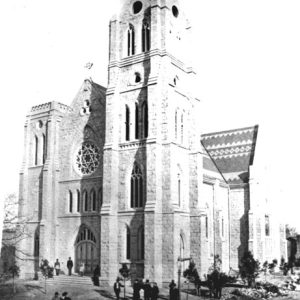 Cathedral of St. Andrew
Cathedral of St. Andrew
 Cathedral of St. Andrew
Cathedral of St. Andrew
 Catholic High School for Boys
Catholic High School for Boys
Catholic High School for Boys (CHS)
aka: Little Rock Catholic High School for Boys
Catholic Point (Conway County)
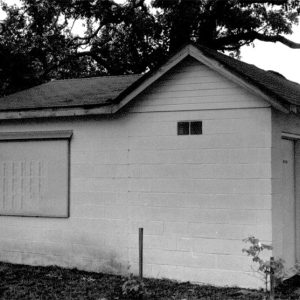 Cato Church Bathrooms
Cato Church Bathrooms
 Cato Church Pews
Cato Church Pews
Caulksville (Logan County)
Cauthron (Scott County)
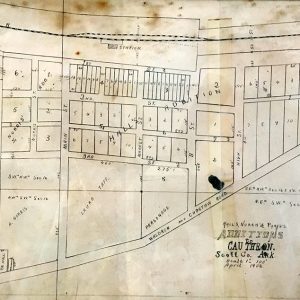 Cauthron Map
Cauthron Map
 Cauthron Cemetery
Cauthron Cemetery
 Cauthron Post Office
Cauthron Post Office
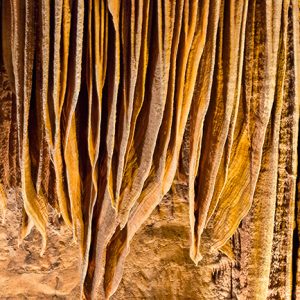 Cave Bacon
Cave Bacon
 Cave City Street Scene
Cave City Street Scene
 Cave City High School
Cave City High School
Cave City (Sharp and Independence Counties)
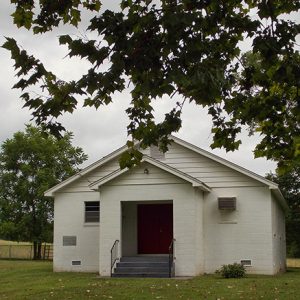 Cave Creek Church
Cave Creek Church
Cave Springs (Benton County)
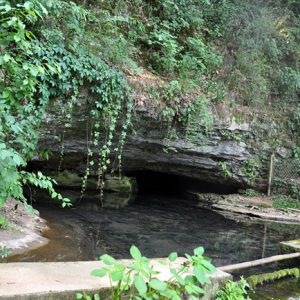 Cave Springs Cave Natural Area
Cave Springs Cave Natural Area
CCC Company 3767 Powder Magazine Historic District
CCC Company 741 Powder Magazine Historic District
 CCC Company 747
CCC Company 747
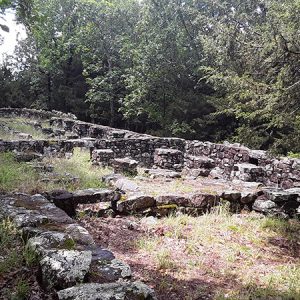 CCC Lodge
CCC Lodge
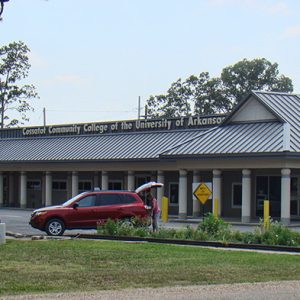 CCCUA Campus
CCCUA Campus
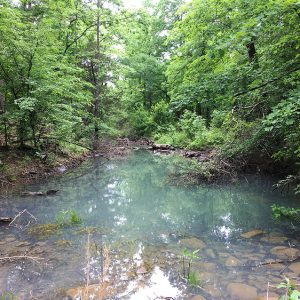 Cedar Creek
Cedar Creek
 Cedar Creek Cemetery
Cedar Creek Cemetery
 Cedar Creek Community Church
Cedar Creek Community Church
Cedar Creek (Scott County)
 Cedar Creek Baptist Church
Cedar Creek Baptist Church
 Cedar Creek Bridge
Cedar Creek Bridge
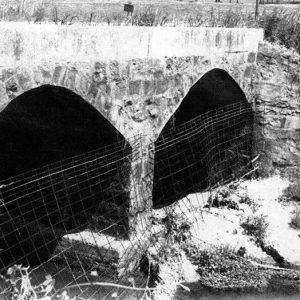 Cedar Creek Bridge
Cedar Creek Bridge
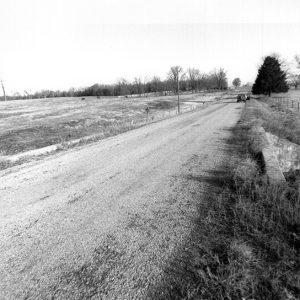 Cedar Creek Bridge Road Bed
Cedar Creek Bridge Road Bed
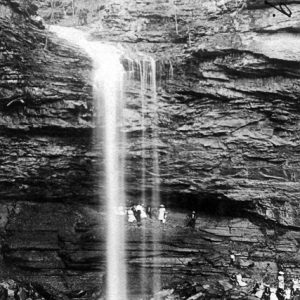 Cedar Falls
Cedar Falls




